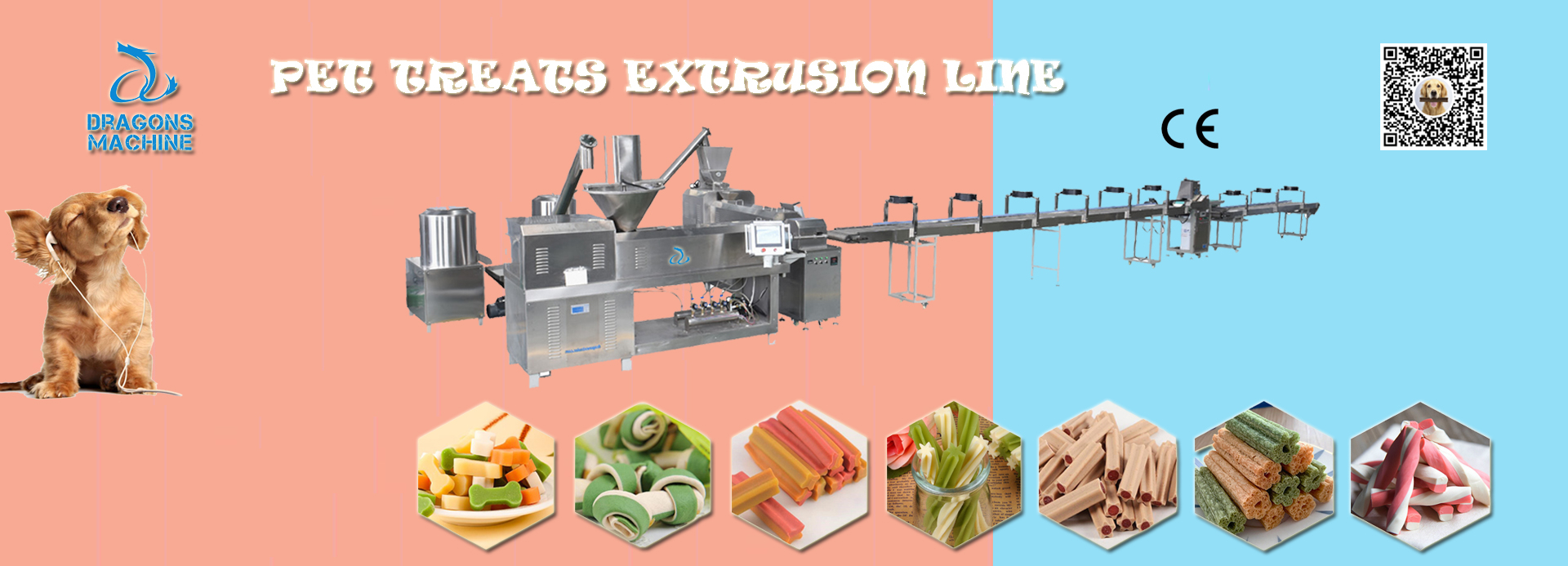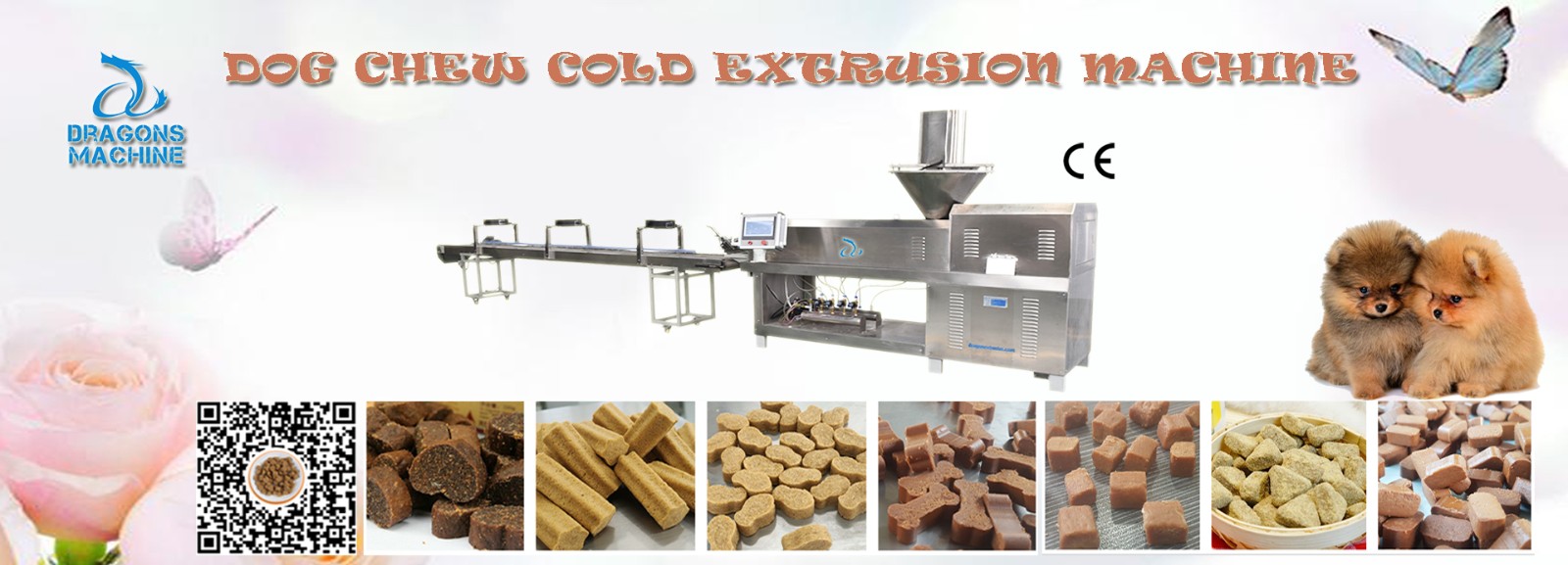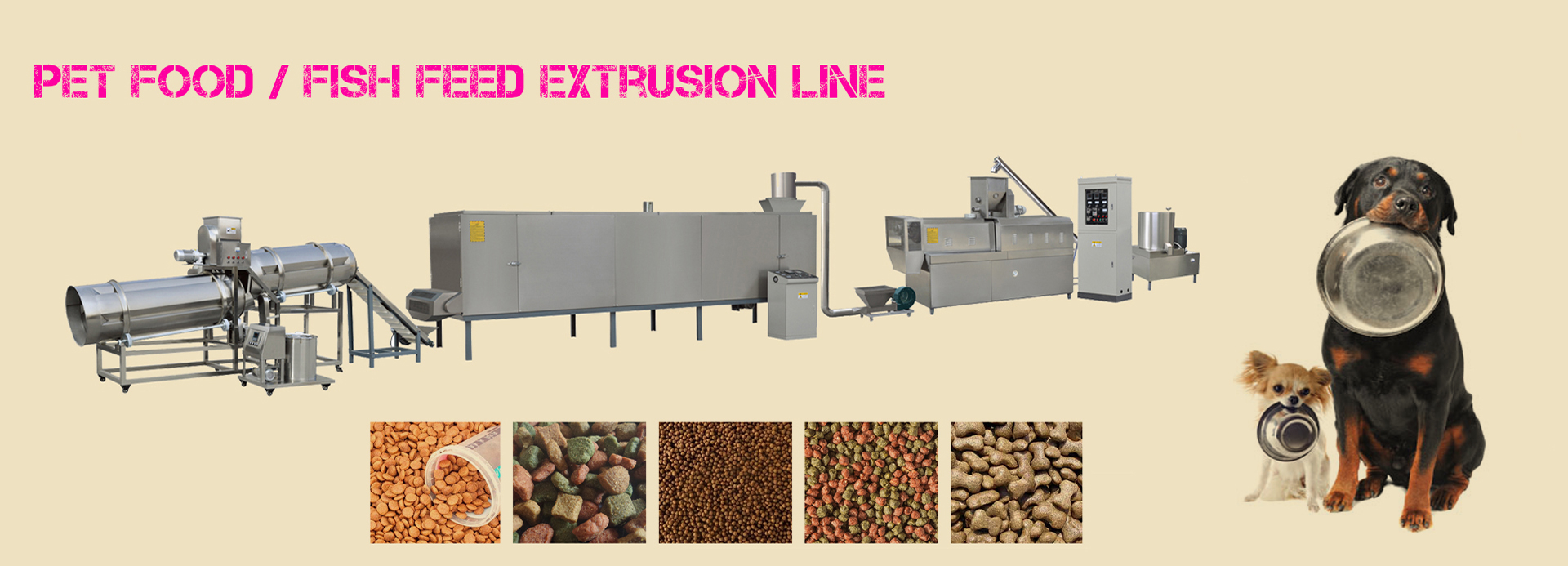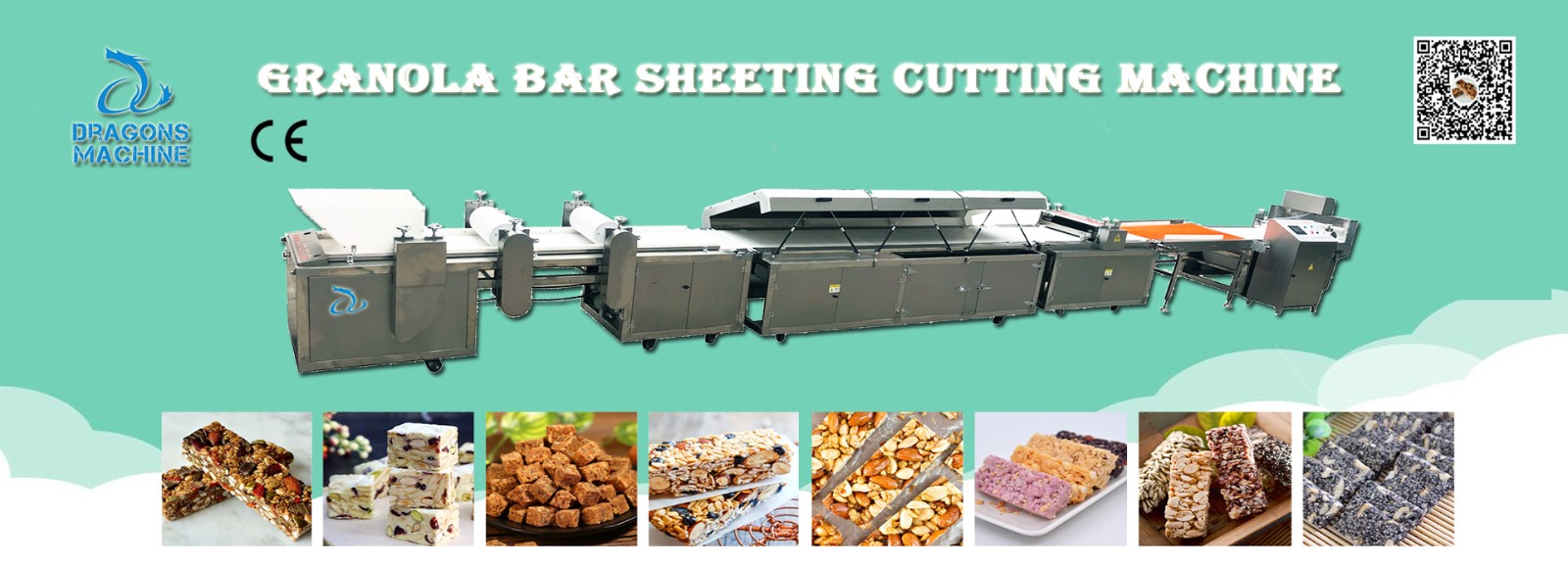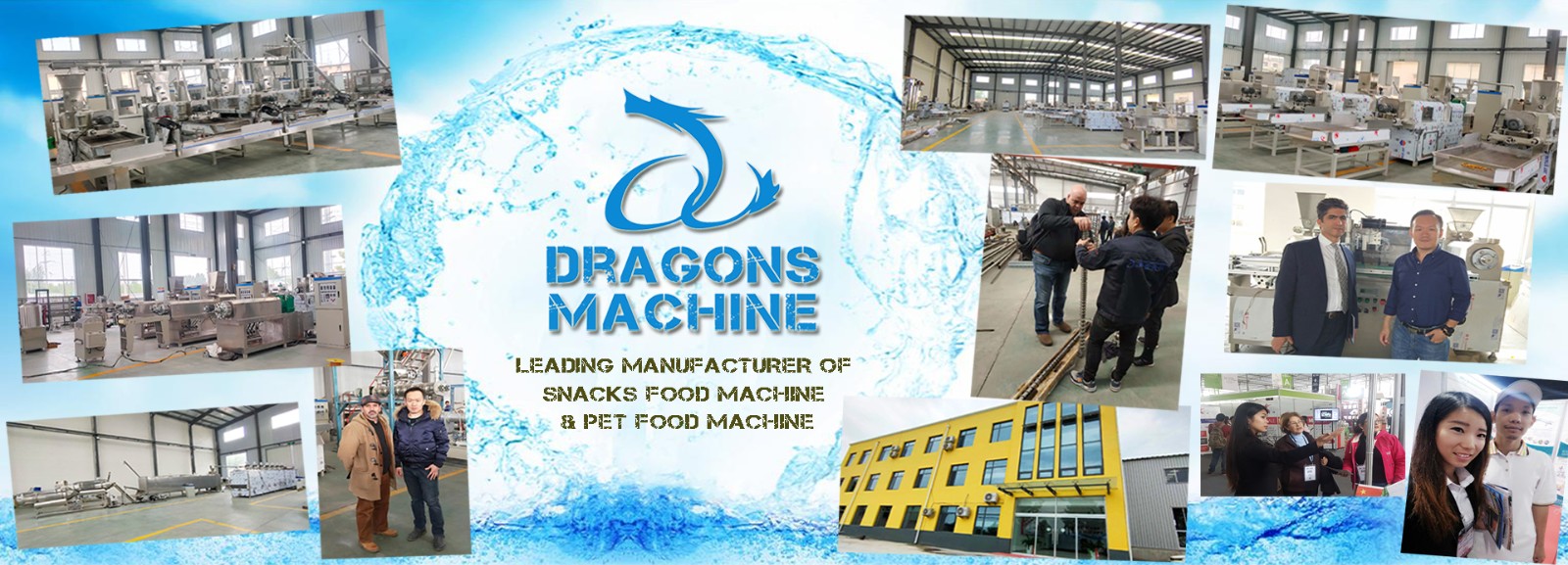Pet food production has evolved significantly in recent years, as pet owners increasingly prioritize the health and well-being of their furry companions. This shift in consumer behavior has driven the need for more efficient and higher-quality pet food production methods. One of the key solutions in meeting this demand is the purchase of a pet food production line. In this article, we will explore the reasons why choosing to buy a pet food production line is a strategic move for pet food manufacturers.
Meeting the Growing Demand
The demand for pet food is on the rise. According to the American Pet Products Association (APPA), pet owners in the United States spent over $42 billion on pet food in 2020. This figure is indicative of the global trend where pet owners are willing to invest in premium and specialized pet foods that cater to their pets' specific needs.
By purchasing a pet food production line, manufacturers can meet the growing demand efficiently. These production lines are designed to handle large volumes of pet food production, ensuring that pet owners have a consistent supply of high-quality pet food for their beloved animals.
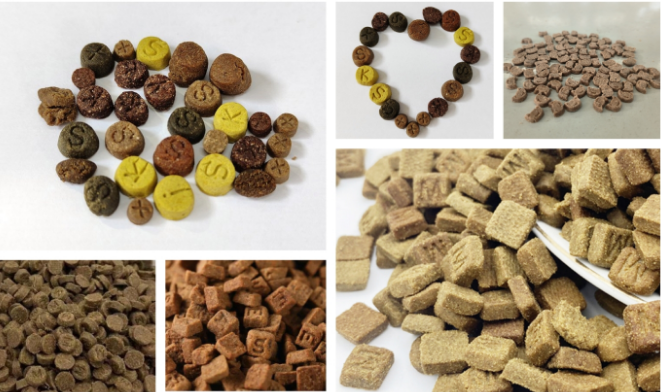
Quality Control
The quality of pet food is a paramount concern for pet owners. They want assurance that the food they provide for their pets is safe, nutritious, and free from contaminants. A pet food production line offers stringent quality control measures throughout the manufacturing process.
From raw material intake to packaging, these production lines are equipped with advanced technologies for quality monitoring and assurance. This not only ensures the safety of the pet food but also maintains the nutritional value and flavor of the products, meeting the high expectations of pet owners.
Customization
Different pets have different dietary requirements. Cats, dogs, birds, and fish, for instance, have varied nutritional needs. A pet food production line allows manufacturers to customize their products to meet these specific needs. They can produce a wide range of products, including kibble, wet food, treats, and more, tailored to different pet species, sizes, and health conditions.
Customization is a key selling point for pet food manufacturers. It allows them to cater to a broader market and address the diverse dietary requirements of pets, including those with allergies, sensitivities, or special dietary needs.
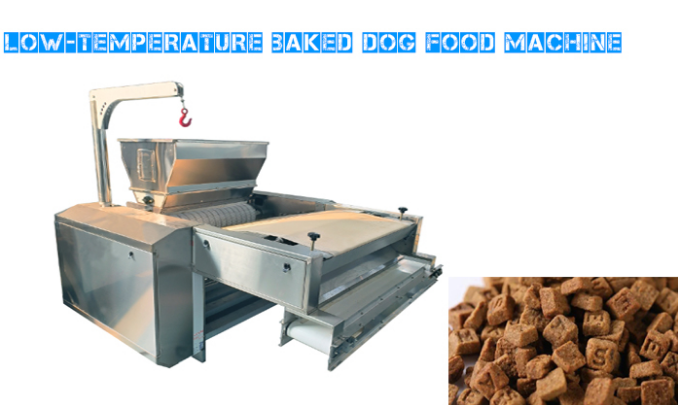
Low-temperature Baked Dog Food Machine
Efficiency and Cost Reduction
Pet food production lines are designed for efficiency. They automate many of the manufacturing processes, from ingredient mixing and extrusion to cooking and packaging. This automation not only increases production speed but also reduces labor costs.
By investing in a production line, manufacturers can streamline their operations, minimize human error, and reduce the need for a large workforce. This not only lowers production costs but also enhances overall efficiency, allowing companies to meet market demand more effectively.
Consistency in Production
Consistency is vital in the pet food industry. Pet owners rely on a consistent product to ensure that their pets receive the same nutrition and taste in every meal. A pet food production line ensures that every batch of pet food is produced to the same high standard, regardless of the volume.
Advanced manufacturing technologies and quality control measures in these production lines maintain consistency in product texture, nutritional content, and flavor. This consistency is crucial for maintaining customer trust and loyalty.
Regulatory Compliance
The pet food industry is subject to various regulations and standards to ensure product safety and quality. Purchasing a pet food production line can help manufacturers adhere to these regulations more effectively. These production lines often come equipped with the necessary mechanisms and processes to meet industry standards and comply with government regulations.
By ensuring regulatory compliance, manufacturers not only avoid potential legal issues but also build a reputation for producing safe and reliable pet food products.
Scalability
As the demand for pet food grows, manufacturers may need to expand their production capacity. Pet food production lines are scalable, allowing companies to increase their output without significant disruption to their operations. This scalability is essential for accommodating market fluctuations and seizing growth opportunities.
Enhanced Product Innovation
In a competitive pet food market, innovation is key. Manufacturers must continuously develop new products to stay relevant and meet evolving consumer preferences. Pet food production lines are versatile and adaptable, making it easier for manufacturers to experiment with new recipes, ingredient combinations, and product formats.
The ability to innovate and bring new, exciting products to market not only keeps a brand fresh and engaging but also allows manufacturers to respond to emerging trends in pet nutrition.
Sustainability
The pet food industry is increasingly conscious of its environmental footprint. Pet food production lines often incorporate sustainable practices, from sourcing eco-friendly ingredients to reducing waste and energy consumption. This aligns with the growing consumer demand for eco-conscious products and ethical manufacturing practices.
Sustainability is a valuable selling point for pet food manufacturers, as it demonstrates their commitment to both pet well-being and the environment.
Competitive Advantage
Choosing to buy a pet food production line can provide a significant competitive advantage in the pet food market. Pet owners are discerning consumers who seek out brands that offer high-quality, safe, and innovative pet food products. A well-equipped production line positions manufacturers to meet these demands effectively and stand out in a crowded market.
In a highly competitive industry, staying ahead of the competition is vital for growth and brand success. A pet food production line can be a game-changer in this regard.
Conclusion
In a pet food market driven by increasing consumer expectations and demand for quality, choosing to buy a pet food production line is a strategic decision for manufacturers. These production lines offer efficiency, quality control, customization, and the ability to meet growing demand. They also enable manufacturers to innovate and differentiate their products, ensuring a competitive edge in a dynamic and evolving industry. By investing in a pet food production line, companies can not only meet the needs of pet owners but also secure their position in the pet food market for years to come.
If you want to know more information about pet food manufacturing equipment, please click on the image below to get a free quote:
















